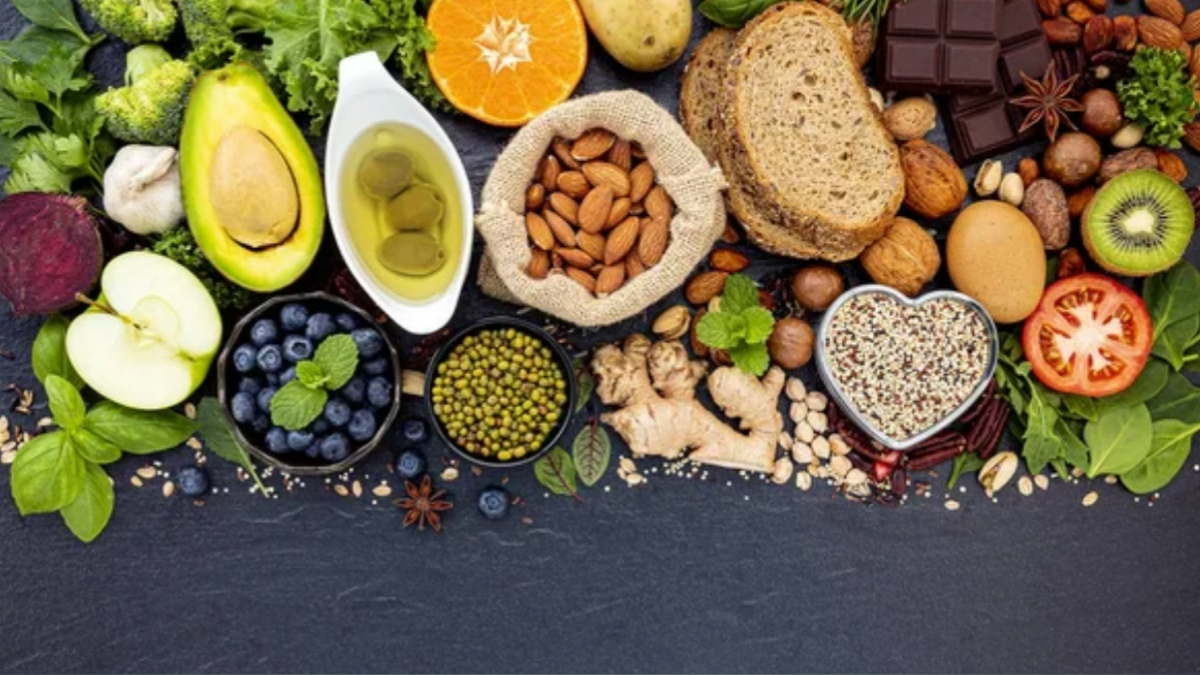Discover the importance of fiber in your diet with this informative article. Learn about the benefits of including roughage in every meal and how it can improve
Benefits of Fiber
Fiber is a component of a healthy diet. It is a type of carbohydrate that cannot be digested by the body, so it passes through the digestive system intact. While many people are aware of the digestive benefits of roughage, such as reducing constipation and improving bowel movements, it also offers several other health benefits that are often overlooked.
WHY FIBER IS IMPORTANT TO CONSUME DAILY
A) Supports Stable Blood Sugar Levels
Fiber greatly slows down the absorption of sugar into the bloodstream, preventing spikes in levels. When you eat roughage-rich foods, the glucose is released gradually, which can help to stabilize blood sugar levels and reduce the risk of developing type 2 diabetes.
B) Helps Keep You Satiated
roughage helps you to feel fuller for longer, which can help to reduce snacking and overeating. This is because roughage absorbs water in the stomach, expanding and making you feel more satisfied after a meal.
C) Helps Your Body Remove Waste
roughage prevents constipation in your body and promotes bowel movements This is because it adds bulk to stool, making it easier to pass through the digestive system.
D) Cultivates a Healthy Gut
roughage feeds the beneficial bacteria in your gut, which can help to promote a healthy digestive system. This can also help to boost your immune system and reduce inflammation in the body.
E) Protects Your Heart Health
roughage has been shown to reduce the risk of heart disease by lowering cholesterol levels and blood pressure. This is because roughage binds with cholesterol in the gut, preventing it from being absorbed into the bloodstream.
How to consume fiber rich food in every meal
A) Soluble Fiber
Soluble roughage dissolves in water to form a gel-like substance in the digestive tract, which can help to reduce cholesterol levels and promote a feeling of fullness.
B) Great sources of soluble fiber include:
- Oats
- Barley
- Beans
- Lentils
- Apples
- Citrus fruits
- Berries
- Psyllium husk
C) Insoluble Fiber
Insoluble roughage does not dissolve in water and helps to add bulk to stool, promoting regular bowel movements.
D) Great sources of insoluble fiber include:
- Whole grains (brown rice, quinoa, whole wheat pasta, etc.)
- Nuts and seeds
- Vegetables (especially leafy greens)
- Fruit skins
WHAT ABOUT SUPPLEMENTS?
While it’s best to get roughage from whole foods, some people may struggle to get enough roughage in their diet. In this case, roughage supplements can be helpful. However, it’s important to speak to a healthcare provider before taking supplements, as they may interact with certain medications or cause digestive issues.
SET YOURSELF UP FOR SUCCESS
To get the most roughage from your meals, aim to eat a variety of fruits, vegetables, whole grains, beans, and nuts each day. Start by adding roughage-rich foods to your meals gradually, as a sudden increase in roughage intake can cause digestive discomfort. Additionally, be sure to drink plenty of water to help the roughage move through your digestive system.
Do you aspire to have a balanced diet?
Eating a balanced diet can seem overwhelming, but with the right guidance, it can become second nature. Work with a registered dietitian to develop a meal plan that works for your lifestyle and nutritional needs. With a little planning and preparation, you can easily incorporate roughage-rich foods into your meals and reap the many health benefits that come with it.
FAQ
Q: How much fiber do I need each day?
A: The recommended daily intake of fiber is 25 grams for women and 38 grams for men. However, this can vary depending on age, gender, and activity level.
Q: Can I get enough fiber from supplements alone?
A: While fiber supplements can be helpful in meeting daily fiber goals, it’s best to get roughage from whole foods as they also provide other important nutrients.
Q: How can I add more roughage to my diet without overloading on calories?
A: Choose roughage-rich foods that are low in calories, such as vegetables, fruits, and whole grains. Also, be mindful of portion sizes and try to avoid high-calorie additions like butter or cream sauces.
Q: Can too much fiber be harmful?
A: Consuming excessive amounts of roughage can cause digestive discomfort, such as bloating, gas, and diarrhea. It’s important to gradually increase roughage intake and drink plenty of water to help prevent these issues.
Q: Do all types of fiber offer the same benefits?
A: Soluble fiber and insoluble roughage offer different benefits, so it’s important to consume both types. Soluble roughage helps to lower cholesterol and stabilize blood sugar levels, while insoluble roughage helps to promote regular bowel movements and prevent constipation.



